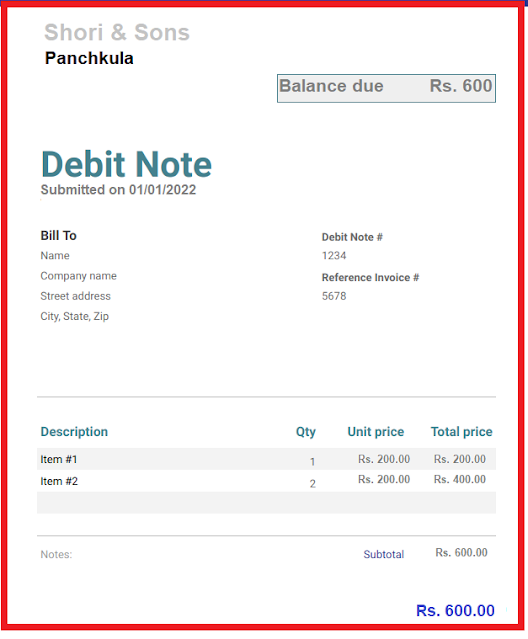Excel NETWORKDAYS Function

Summary The Excel NETWORKDAYS function calculates the number of working days between two dates. NETWORKDAYS automatically excludes weekends (Saturday and Sunday) and can optionally exclude a list of holidays. NETWORKDAYS includes both the start date and end date when calculating work days. This means if you give NETWORKDAYS the same date for start date and end date and the date is not a weekend or holiday, it will return 1. NETWORKDAYS can also optionally take into account holidays. For the holidays argument supply a range that contains holiday dates. These are also treated as non-working days and will not be included in the result. Purpose Get the number of working days between two dates. Return value A number representing days. Syntax =NETWORKDAYS (start_date, end_date, [holidays]) Arguments • start_date - The start date. • end_date - The end date. • holidays - [optional] A list of non-work days as dates. Count only days without holidays The result will ...



